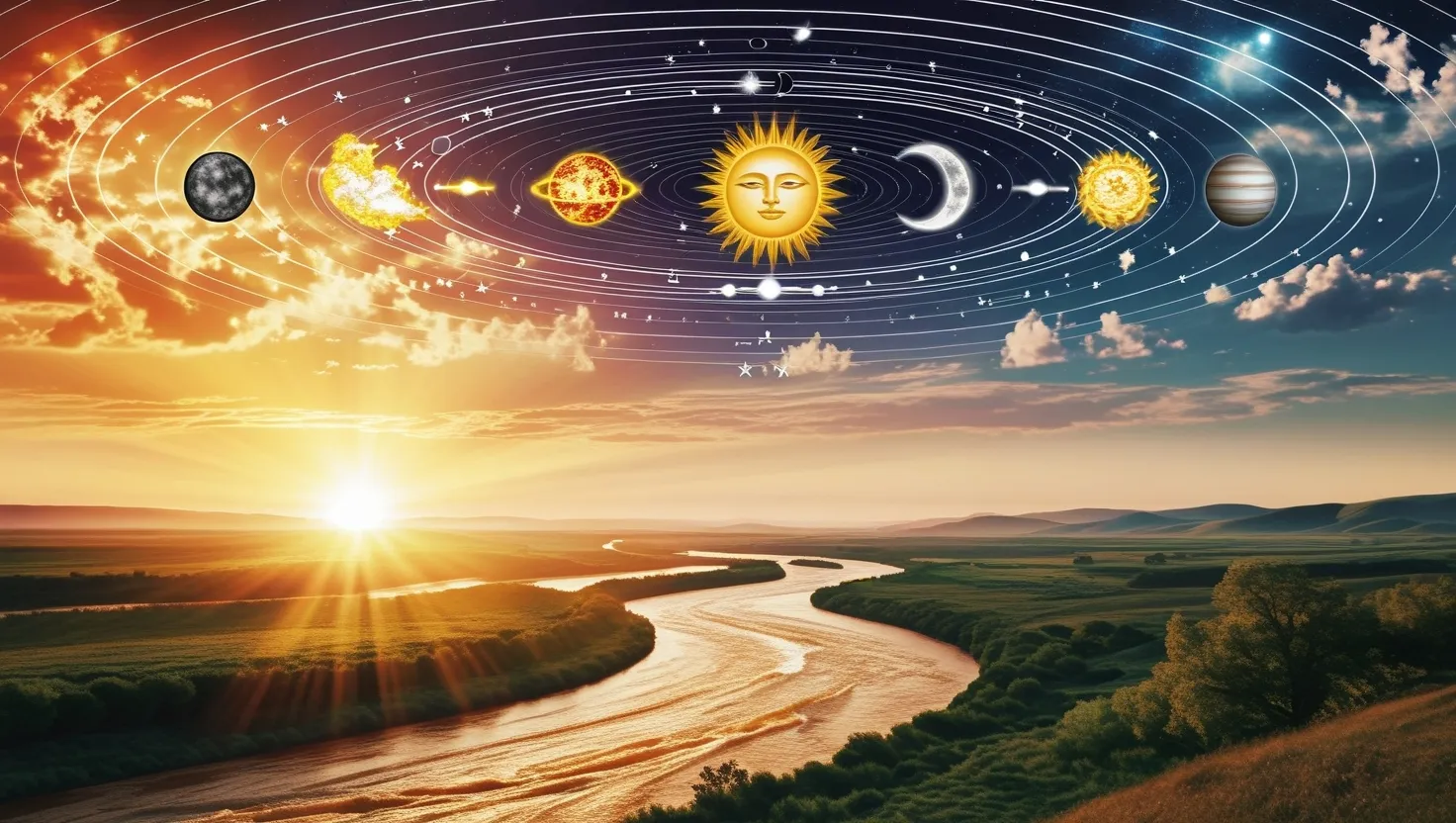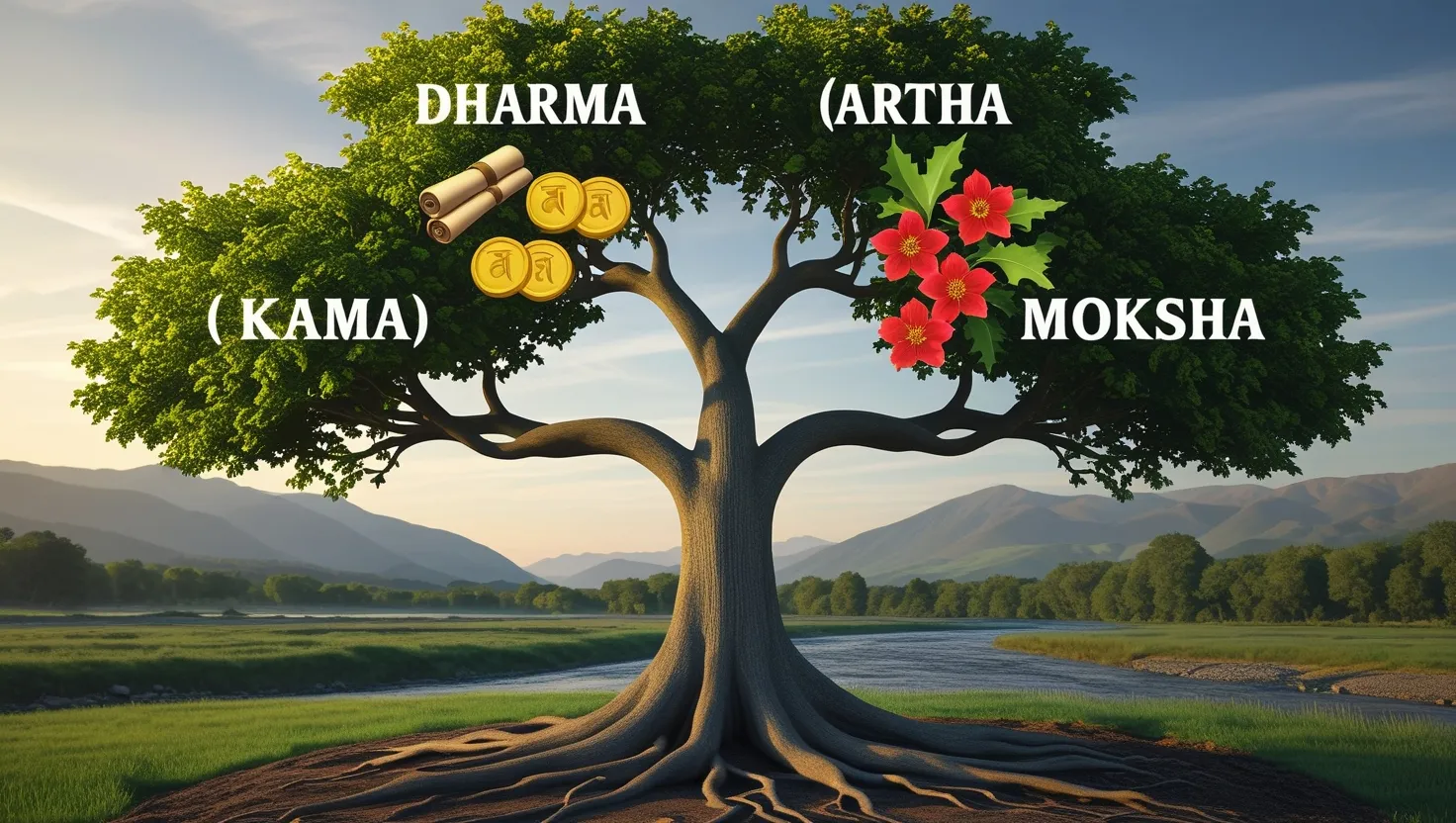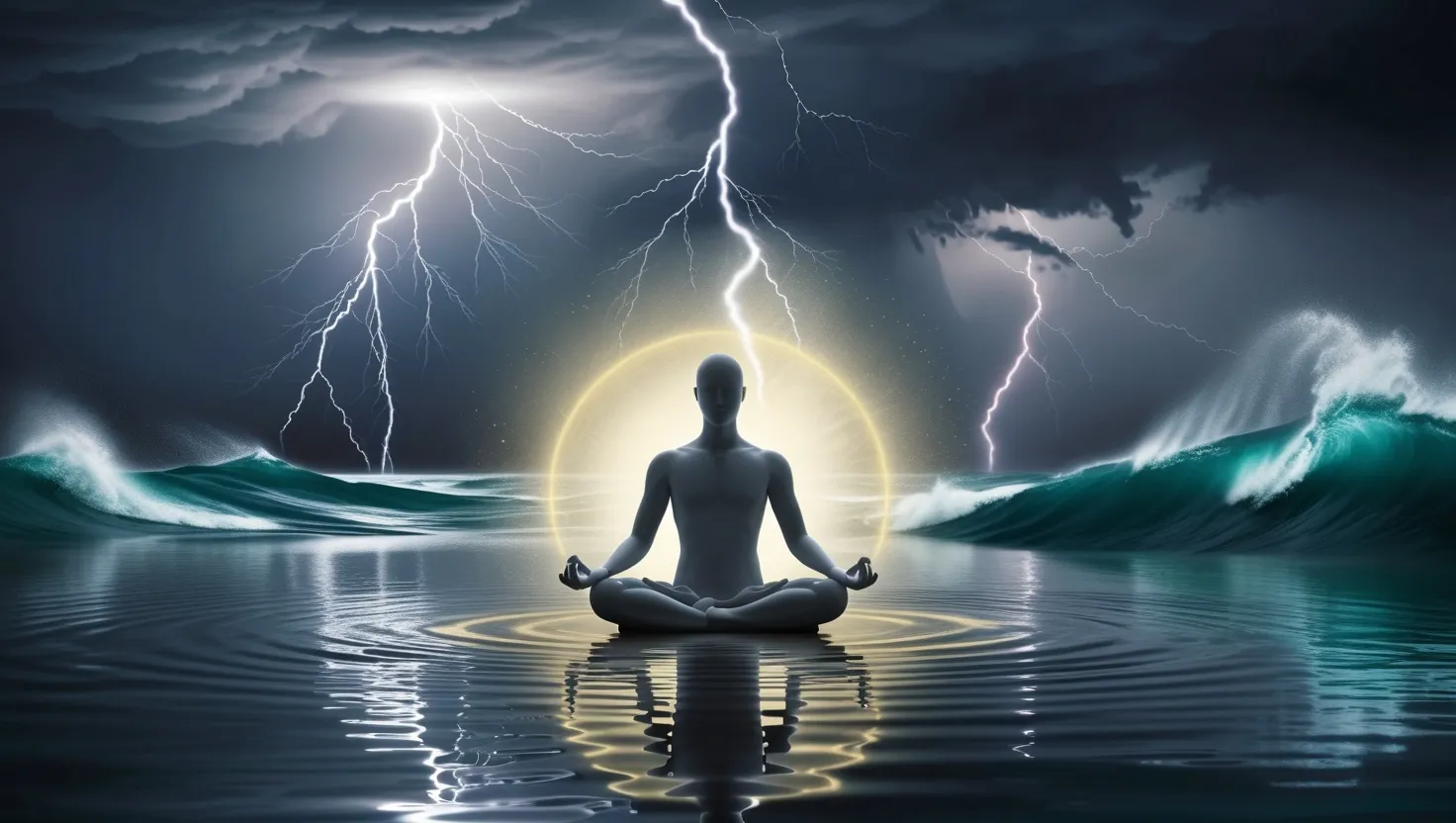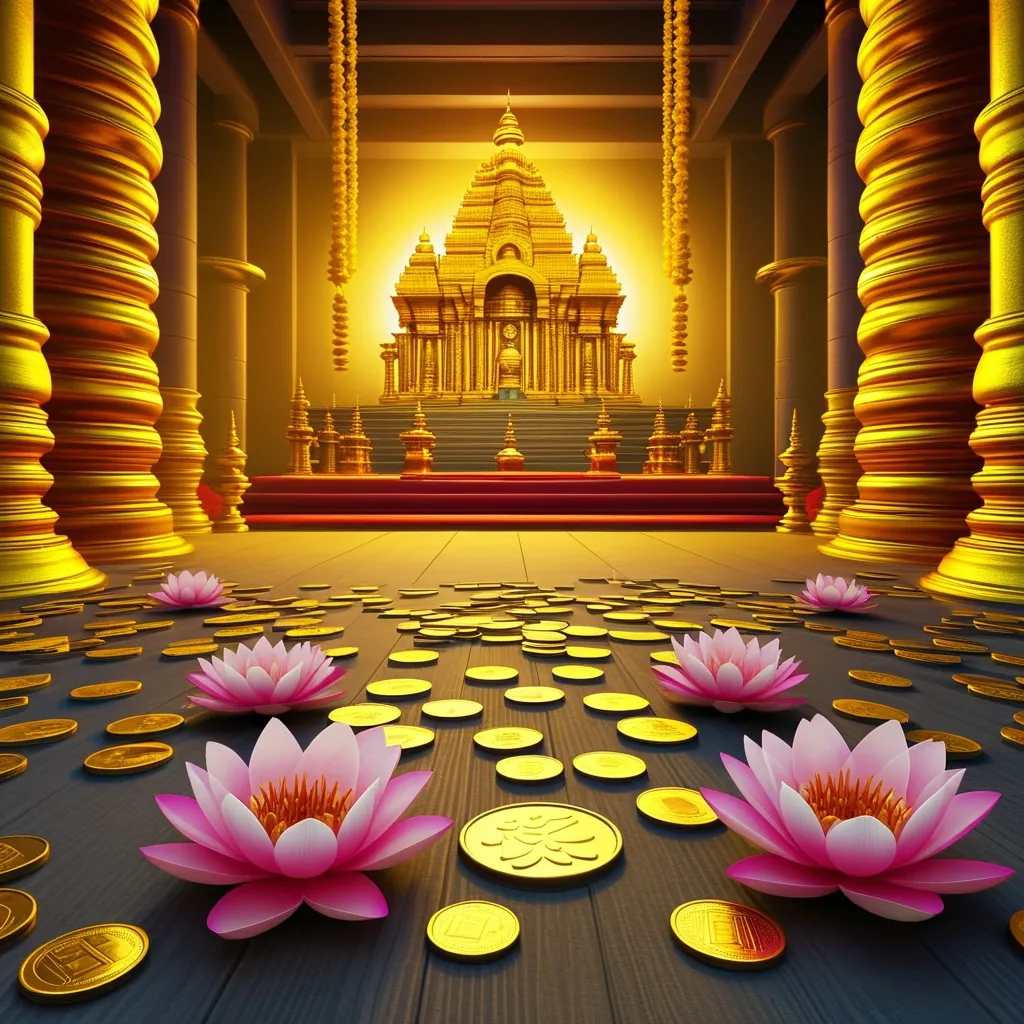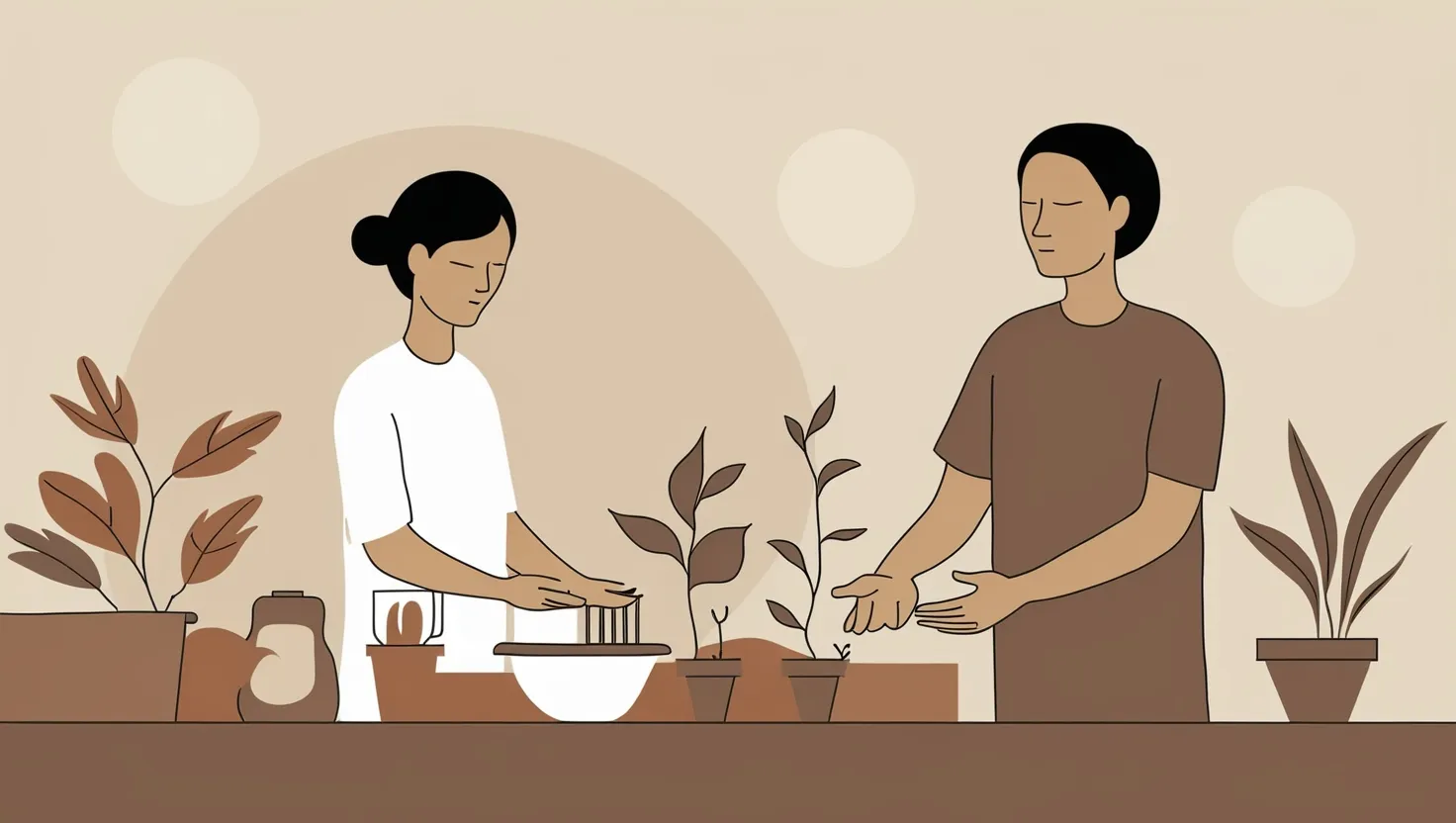If we imagine standing beneath the endless dome of the sky that Vedic poets saw every day, we might sense what compelled those sages to speak about Rta. Here is a word that means so much more than simple order or rule. Rta, with its root sense of “moving” or “putting in order,” hints that the universe is not a static tableau but a living rhythm, a web of balance governing every rising dawn and each quirk of human conscience. “Order is not pressure which is imposed on society from without, but an equilibrium which is set up from within,” said José Ortega y Gasset—a truth the Vedic seers would surely echo.
Rta lived in the world the moment the sun’s rays touched the earth at dawn. They noticed that the sun rises on time, the rivers never forget their path, and seasons pass as if following an ancient hymn recited each year. Haven’t you ever wondered what makes natural laws so reliable, or why there’s such a sense of rightness in things we label “natural”? Rta captured this intuition before science had a name for gravity or the water cycle. It offered to early thinkers a principle that tied together cosmic behavior and daily honesty. Justice and rain, truth and the seasons—none were isolated, all spun together in a pattern.
But Rta isn’t just about stars and rivers. It held ethical weight as well. “The only stable state is the one in which all men are equal before the law,” Aristotle wrote, and Vedic society held similar hopes. Kings might wear crowns, but legitimacy came only if their rules stood in harmony with Rta. There was an unspoken expectation: rulers had to maintain justice, to act fairly or else the very balance of the land would suffer. When you think about it, can a society ever last if those in power violate the basic trust of order and fairness? In Vedic thought, punishment for breaking Rta wasn’t just social disapproval but cosmic imbalance—droughts, disasters, even the weakening of communal ties.
Fascinatingly, this wasn’t a world where humans bowed in helplessness before the gods. The Vedic hymns remind us that “Truth alone triumphs, not falsehood. Through truth the divine path is spread out by which the sages whose desires have been completely fulfilled, reach to where is that supreme treasure of Truth.” Here, humans become collaborators, not just subjects. By living truthfully, speaking honestly, and performing their rituals with care, they participated in maintaining this cosmic equilibrium. The act of sacrifice (yajna) was not superstition—it was a partnership. To live righteously, to tell the truth, was to keep something much greater than oneself in balance.
The guardianship of Rta was personified by deities like Varuna. He watched, not to instil fear, but to inspire awe. The myths about his all-seeing eye symbolized the awareness that justice exists beyond human courts. “Who looks outside, dreams; who looks inside, awakes,” said Carl Jung. Varuna’s vigilance is the inner call to conscience—the reminder that our actions ripple into the universe, and that truth matters on every level.
Over time, the abstract clarity of Rta’s law began to crystallize into the concept of Dharma. If Rta was the song, Dharma became its particular tune for every context: a king’s duty, a farmer’s role, a priest’s responsibility. Rta continued to whisper that behind all these individual duties, there is a larger pattern. Still, the shift was notable—Dharma spoke to society’s needs, while Rta held the broader cosmic view. Ask yourself: do we sometimes get too swept up in rules made for convenience, forgetting the deeper patterns they were meant to serve?
One lesser-known facet is Rta’s subtle place in Vedic astrology. They read the movement of the sun and moon not just as timekeepers, but as the visible face of Rta’s order. It’s an elegant idea—the flow of time itself, with its measurable cycles, is a sign of an underlying intelligence, not chaos. Why do we trust the calendar, or rely on sunrise and planting cycles? Because we intuit, as those ancient poets did, that underlying “rightness” guides even the ticking of the universe’s clock.
There’s a modern relevance here we can’t ignore. Rta’s principle warns against ecological arrogance—the belief that humans stand apart from nature, free to exploit resources without consequence. In a world battered by climate change and environmental crises, Rta nudges us to remember that sustainability is not just a scientific concern, but a moral and philosophical one. When I consider the changes we see today, I can’t help but ask: What would it look like to shape policy and personal choices not around domination, but around participation in the natural pattern? Can progress be reimagined as living more deeply in tune with what already works?
A surprising perspective is how Rta weaves together physical, moral, and spiritual realities. This integration was central to the Vedic mind—it did not divide the world into separate boxes of science, ethics, and religion. Habitually, modern discourse speaks of “nature versus nurture,” or sets science at odds with spirituality. But Rta refuses these splits. To harm nature is to undermine ethics; to lie or cheat is to risk cosmic disorder; to live honestly is to contribute to the universe’s harmony.
It’s easy to overlook that Rta encouraged not just passivity but creativity. It wasn’t about blind conformity. The Vedic poets praised “those who, knowing thus, build up the order of the universe.” To act with conscious intent, to innovate within the natural pattern without disturbing it, was seen as a higher calling. Rta doesn’t stifle; it sets the basic beat, allowing for infinite melodies above. “In the midst of movement and chaos, keep stillness inside of you,” said Deepak Chopra—a fitting summary for the interplay encouraged by Rta’s insight.
Let’s also consider the gendered implications left unexplored. Vedic hymns often paired Rta with the goddess Aditi, symbolizing the endless, nurturing potential of the universe. Is there wisdom here for our ongoing conversations about the role of nurturing, presence, and receptivity—not just force or command—in creating true order? How might we draw, today, from the idea that balance means not just opposition, but complementary energies working together?
The term Rta fell out of common parlance, but its spirit survives in movements for restorative justice and holistic health. I notice it in principles that urge us to “do no harm,” in ethics codes that require honesty even when it’s inconvenient, and in movements that treat all life as interconnected. Rta asks: Are you part of the pattern, or do you see yourself above it? Do your choices add to harmony—or tip the scales toward imbalance?
Ancient societies knew that if Rta failed, chaos would creep in—not with a dramatic crash, but slowly, eroding trust and making the familiar world unrecognizable. Modern life strains under anxieties that often seem intangible: loss of connectedness, erosion of public trust, irreversible environmental damage. The echo of Rta asks if these might all be symptoms of forgetting our place in the larger rhythm.
Ultimately, Rta’s greatest insight is neither simplistic conformity nor blind obedience, but conscious participation. Every action is an offering to the order that holds us all. “Out beyond ideas of wrongdoing and rightdoing, there is a field. I’ll meet you there,” wrote Rumi. Isn’t this field the living expression of order, a place where cosmic and moral truths converse?
If the Vedic vision teaches us anything, it is that boundaries between cosmic, social, and personal justice are more porous than we imagine. There is no virtue in acting “right” according to custom if it allows wrongdoing against the greater pattern. The measure is always: does this choice nourish harmony, or create discord? I suspect we could all benefit, especially today, from seeing justice not as a set of abstract laws but as a living, breathing pattern we are asked to help sustain.
So next time you see the sunrise, listen to the reliable rhythm of days and nights. Let it be a reminder—order is not a prison, but an invitation. Harmony isn’t the absence of conflict, but the art of integration. And Rta, ancient as it is, offers a vision as timely as tomorrow: that living well means choosing again and again to align with what balances, sustains, and honors the whole. Isn’t that the kind of justice, and the kind of harmony, the modern world silently hungers for?
